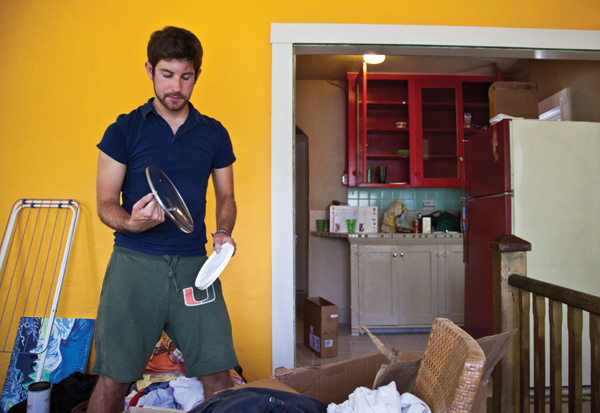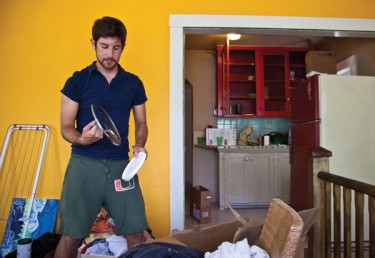

Although one in five homes in Miami-Dade County are currently in foreclosure and many others experiencing default, a wave of wealthy investors are trying to revive the real estate market in South Florida by focusing on selling and buying property that has had stagnated development since 2007.
According to a recent report by The New York Times, the investors, both domestic and international, are purchasing half-constructed properties that have been abandoned or repossessed and are taking advantage of growing values as the housing market becomes smaller and pricier.
DataQuick, a research firm, also reports that home sales during the first half of the year rose 16 percent since 2010, evidence of significant market improvement in the past 4 years.
Foreign investors, specifically, are benefiting from a weak dollar and are purchasing multiple properties in cash, often reselling or renting each property at a higher value.
“The Brazilians walk in, they don’t even negotiate,” said Gil Dezer to The New York Times, co-developer of Trump Towers. “It’s a no-brainer for them.”
A majority of properties for sale are luxurious, high-end condominiums and homes that only the wealthy can afford.
For students, hoping to find affordable rent in the metropolitan area, the market may paint a bleaker picture.
Janelle Chaviano, a junior in the college of engineering, chose to save money and live with family after not being offered housing in the University Village, and exploring apartment options across greater Miami.
“We saw a few places in Brickell, but they were really, really expensive. We went inside and the apartments were beautiful but the rent was too high,” Chaviano said. “I feel like there’s less space and less availability. An apartment is more expensive than living in the UV so it was already a lot of money that my parents and I would be paying.”
Similarly, The Miami Herald reports that more than 2 million square feet and at least 7 new projects of office space and luxury apartment communities are set to open in Coral Gables over the next 3 years, offering new housing options that may only be reasonable for wealthier students and families.
For example, Atlanta-based company Gables Residential is looking to create more high-end, luxury rentals in Coral Gables. A new complex at 4585 Ponce de Leon Boulevard broke ground in June, and will provide 250 new apartment units and retail space all tailored toward professionals, UM graduate students and internationals. There is no mention of developments tailored to undergraduates seeking lower rental rates.
Though the increase in expensive, high-end apartments across metropolitan Miami may deter undergraduates from areas such as Coral Gables, Downtown, and Brickell, exploring less-known neighborhoods can possibly ease housing concerns.
“Most young students are trying to look in the same exact places as everyone else. It’s very practical because it’s close to campus, but my roommates and I were looking not as close to UM,” said Claudia Aguirre, a junior who recently moved off-campus. “You can find affordable housing in alternative neighborhoods but you need to look early. From last year, some areas went up about $400.”





